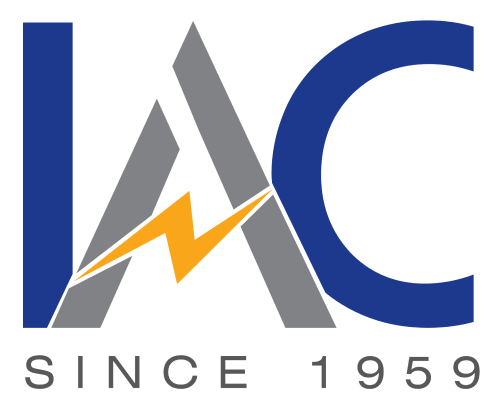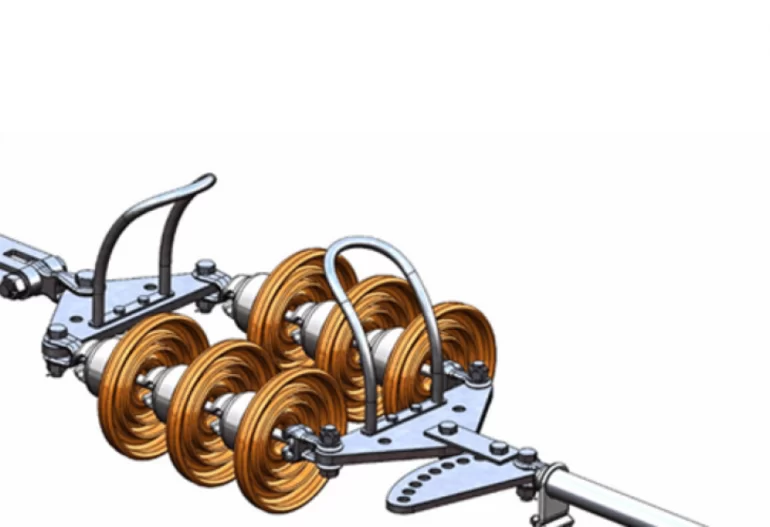Transmission Line Hardware Fittings cables are essential for transferring bulk electricity through overhead lines and underground cables. The large electricity towers we commonly see around us utilize this transmission line hardware.
In India, transmission line hardware fittings manufacturers now provide products that meet international quality standards. Various types of transmission lines are currently popular in the market.
With the latest technological advancements, manufacturers now employ galvanizing technology to ensure exceptional quality in every piece of transmission line hardware. These fittings are designed to handle different power loads and are available in various materials. The materials used for these components differ depending on the specific designs of the fittings produced by IAC Electricals, one of the transmission line hardware fittings manufacturers in India. To know more about it, read this blog thoroughly for a better understanding.
Types of Transmission Line Hardware Fittings
Transmission lines, the high-voltage arteries carrying electricity across vast distances, rely on a network of specialized hardware fittings to function safely and reliably. These fittings, often made from high-strength steel or aluminum alloys, perform various critical tasks, ensuring the conductors stay securely suspended and insulated. Let’s delve into some of the essential types of transmission line hardware fittings:
1.Clamps: These workhorses come in two main varieties: tension clamps and suspension clamps. Tension clamps grip the conductor tightly at dead-end points, anchoring it to the tower. Suspension clamps, on the other hand, cradle the conductor and insulator string, allowing for some movement due to wind or temperature changes.
2. Anchor Shackles: These heavy-duty connectors act as the link between the insulator string and the tower itself. They come in various configurations, such as shackle, twisted shackle, and hook types, to accommodate different connection points.
3. U-Bolts: These ubiquitous fasteners secure clamps and other hardware to insulators and towers. Their U-shape allows for easy tightening with nuts and washers.
4. Clevises and Ball Clevises: These versatile fittings feature a forked end with a pin that connects to other hardware. Ball clevises have a ball-shaped end that fits into a socket for a more articulated joint.
5. Yoke Plates: These triangular or quadrangular plates act as a platform for attaching multiple clevises or other fittings to a single insulator string. They distribute the load evenly and provide a stable connection point.
6. Turnbuckles: These adjustable linkages consist of two threaded ends connected by a central body. They allow for fine-tuning the tension of the conductor by lengthening or shortening the overall distance.
7. Sag Adjustable Plates: As the name suggests, these plates enable adjusting the sag of the conductor, the amount it dips between support structures. This is crucial for maintaining proper clearance from the ground and mitigating stress on the line.
8. Other Specialized Fittings: The world of transmission line hardware extends beyond these core components. Arcing horns provide a path for lightning strikes to divert away from the conductor. Vibration dampers minimize conductor sway caused by wind. Spacer dampers maintain the desired distance between conductors on bundled lines.
Final Words
These Transmission Line Hardware Fittings are the unsung heroes of the power grid, silently ensuring the safe and efficient transmission of electricity. Their design and manufacturing require meticulous attention to detail, as their failure could have catastrophic consequences.
By understanding these essential components, IAC Electricals, a Transmission Line Hardware Manufacturing Company in India gains a deeper appreciation for the complex infrastructure that delivers power to your homes and businesses.






